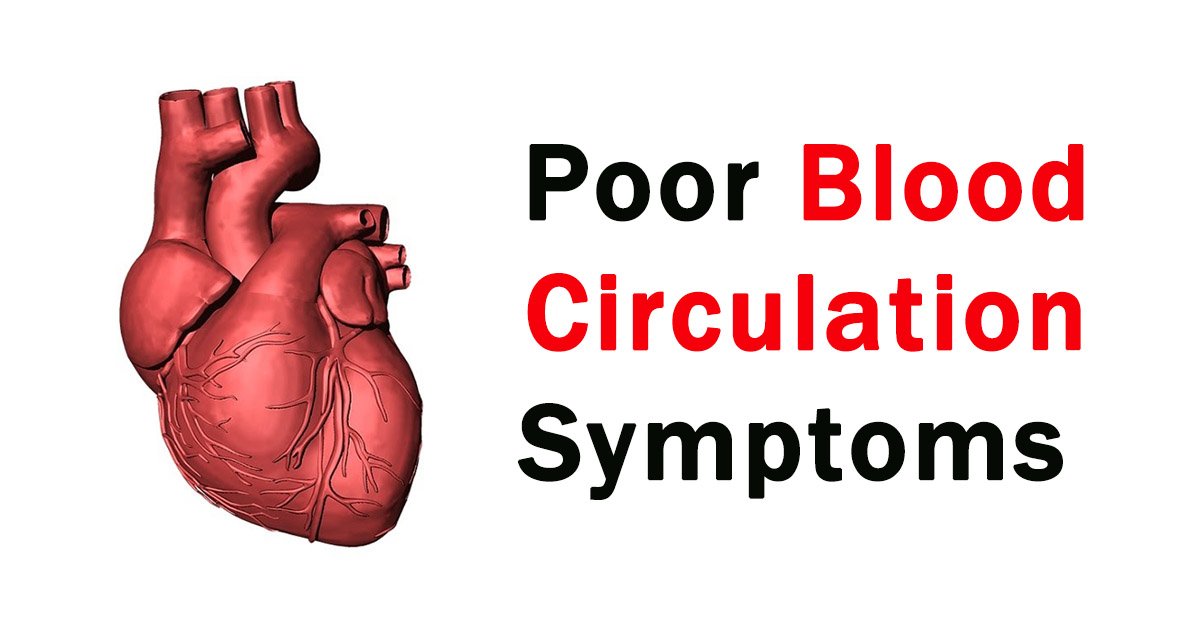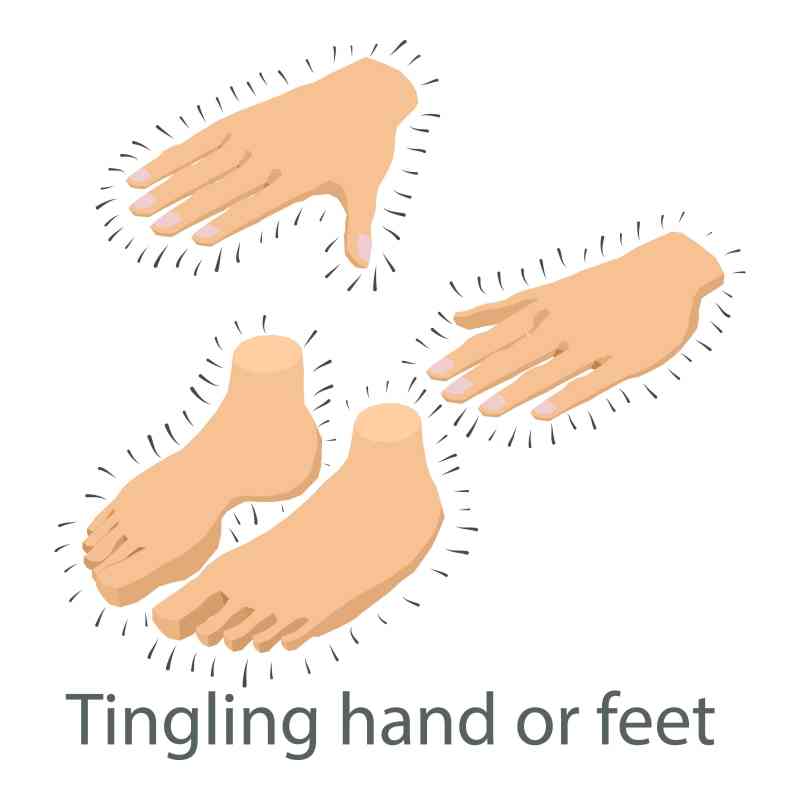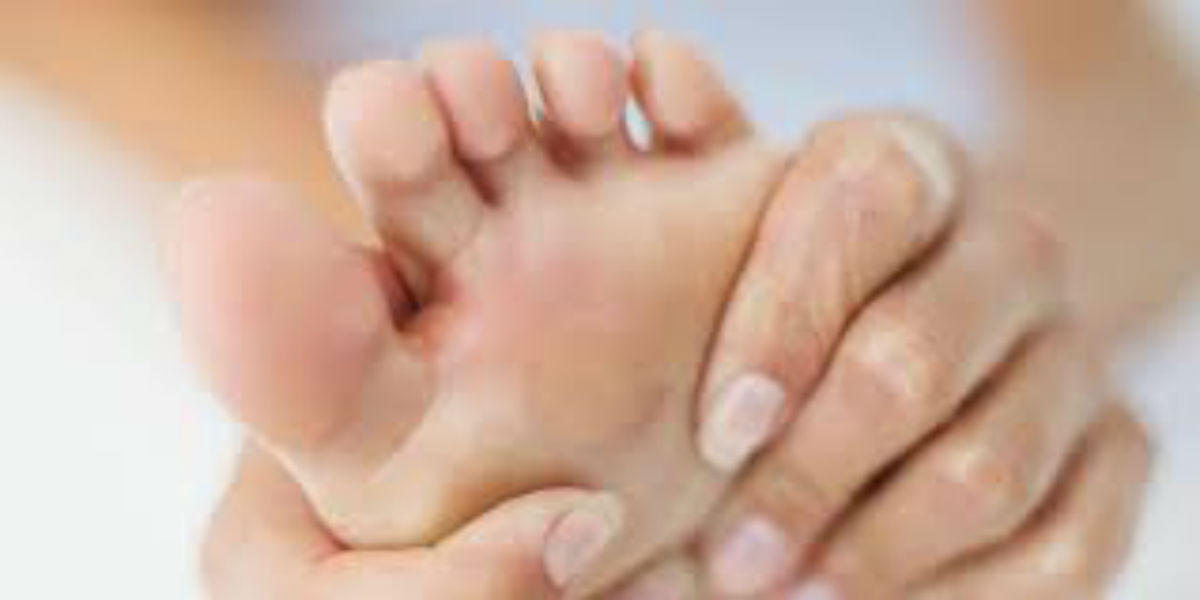Poor blood circulation is a result of an underlying disease or abnormal condition.
But how does one know if his blood isn’t flowing like it’s supposed to? Poor blood circulation is in itself a symptom of an illness or deficiency of something the body needs, but it also has symptoms of its own. This is what we will later enumerate to spread awareness to your readers.
How important is blood circulation? The cells in our body, thus collectively our organs, need oxygen and nutrients to survive and function.
Much like us needing food. The food we eat and the air we breathe are processed and broken down into the molecular level, infused into our blood, and distributed all throughout the cells in our entire body by the circulatory system. To simply put it, slow blood flow can be compared to delayed food delivery starving the awaiting workers.
And hungry workers don’t work well. That’s if they work at all. Worst, they die of starvation.
According to nativeremedies.com, poor circulation can be caused by certain medical conditions, lifestyle factors, and behavior. Lifestyle factors include tobacco smoking, alcohol consumption, caffeine, poor eating habits, and insufficient exercise. Sitting in a cramped position or no movement for long periods can also cause poor circulation to certain parts of our body.
Knowing you have poor circulation can make all the difference between being sick and being healthy. So here’s a quick list of symptoms to look out for:
#1 Numbness, loss of sensation or tingling in hands, feet, or toes – Dr. Rob Hicks of WebMD explains that restricted blood flow to the limbs and extremities causes the feeling of “pins and needles”.
#2 Sluggish Memory – The Journal of Geriatric Cardiology reduced cerebral blood flow can impair cognitive functions of the brain, thus making you more forgetful than usual.
#3 Bowel Problems – According to Cleveland Clinic, fatty buildups in the blood vessel walls can restrict blood flow to the abdominal area which can cause diarrhea, bloody stool, severe abdominal pain, and other digestive problems.
#4 Loss of Appetite – Related to the latter, digestive problems can often disrupt the normal process of the digestive system thereby inhibiting the regular release of ghrelin hormones which increases the appetite.
#5 Low or Lack of Energy – Constant fatigue is a sure symptom of insufficient supply of oxygen to our muscles. This is according to Dr. Yu Shang of medscape.com who further notes that oxygen-deficit blood can cause longer recovery periods for people who exercise.
#6 Pain – Mayo Clinic explains that poor circulation can make your hands and feet cold and even throb with pain.
#7 Feet and Abdominal Swelling – According to PubMed, inflammation may occur in feet and ankles due to blood building up around these areas. It’s otherwise known as Edema. Furthermore, heart-related circulation issues can also cause swelling in the abdominal area.
#8 Angina – The Journal Circulation says that coronary circulation insufficiency is a symptom of unstable angina. Angina is caused by the inadequate blood supply to the heart characterized by severe chest pains spreading to the shoulder, neck, and arms.
#9 Skin Changes – Nativeremedies.com states that poor circulation can cause “cyanosis”, a condition wherein the skin can turn pale, bluish, or reddish – an indication of inadequate oxygen delivery.
#10 Leg Ulcers and Foot Ulcers – Slow blood circulation makes it difficult for the blood to reach the lower extremities causing insufficient oxygen needed for tissue repair. This results in prolonged healing in wounds located in these areas.
These are just a few of the symptoms. They may also include hair loss, vertigo, dizziness, headaches, varicose veins, muscle cramps, dandruff, infection, and irregular heartbeats.
DISCLAIMER: If you find yourself having one of these symptoms, don’t take our word for it. It could easily be something else. Nonetheless, see a doctor right away.











